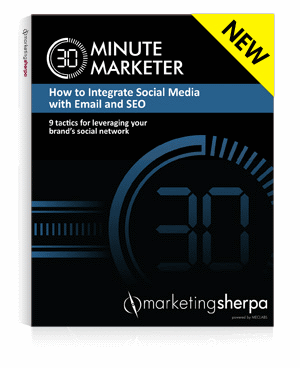When you first started in marketing, your first thought might have been — I’m going to create the next “Got Milk,” “Think Different” or “We Can Do It!”
Of course, after a career of KPIs, lead nurturing and discount deadlines, it’s easy to lose that sense of wonder and forget about the power of creativity, or as Jason Falls calls it … the “Holy Smokes!” factor. At the end of this blog post, I’ll show you how one marketer brought that creativity to a campaign that sought to capture children’s attention through learning in an era when video games and Facebook compete for their attention.
But first, let’s explore the “Holy Smokes!”
Several weeks ago, I attended Explore Dallas Fort Worth, a one-day workshop/boot camp on digital marketing that was a great experience both professionally and personally. I recently had the chance to speak with Jason Falls, CEO, Social Media Explorer, and co-host of the Explore event that will occur in five cities across the United States this year.
Jason told me that sometimes marketers lose track of the essential point of marketing — persuading someone to take an action, an idea that ties into my recent blog post about conversion.
He says, “Even in public relations, sometimes you’re trying to persuade a legislature to go a certain way, sometimes you are trying to persuade the general public to have a certain opinion about your company. It’s not always about making someone buy something.”
To accomplish this, Jason suggests taking the “Holy Smokes!” approach for any activity, from writing a speech, to producing a video, to writing ad copy. He says the idea is anytime you are engaged in marketing, you want your audience to consume the message and think, “’holy smoke,’ this message is: incredible, sad, awesome, beautiful, intelligent, informative or some other declarative response.”
Ideally, they will think, “Holy smokes, I have to share that with my friends,” he explains.
Read more…
 We want to serve you better, so we’re conducting a quick survey to determine the best way. We’re interested only in aggregate needs and preferences, so individual responses are anonymous. Every respondent will, however, earn a free copy of a MarketingSherpa 30-Minute Marketer report – How to Integrate Social Media with Email and SEO.
We want to serve you better, so we’re conducting a quick survey to determine the best way. We’re interested only in aggregate needs and preferences, so individual responses are anonymous. Every respondent will, however, earn a free copy of a MarketingSherpa 30-Minute Marketer report – How to Integrate Social Media with Email and SEO.










